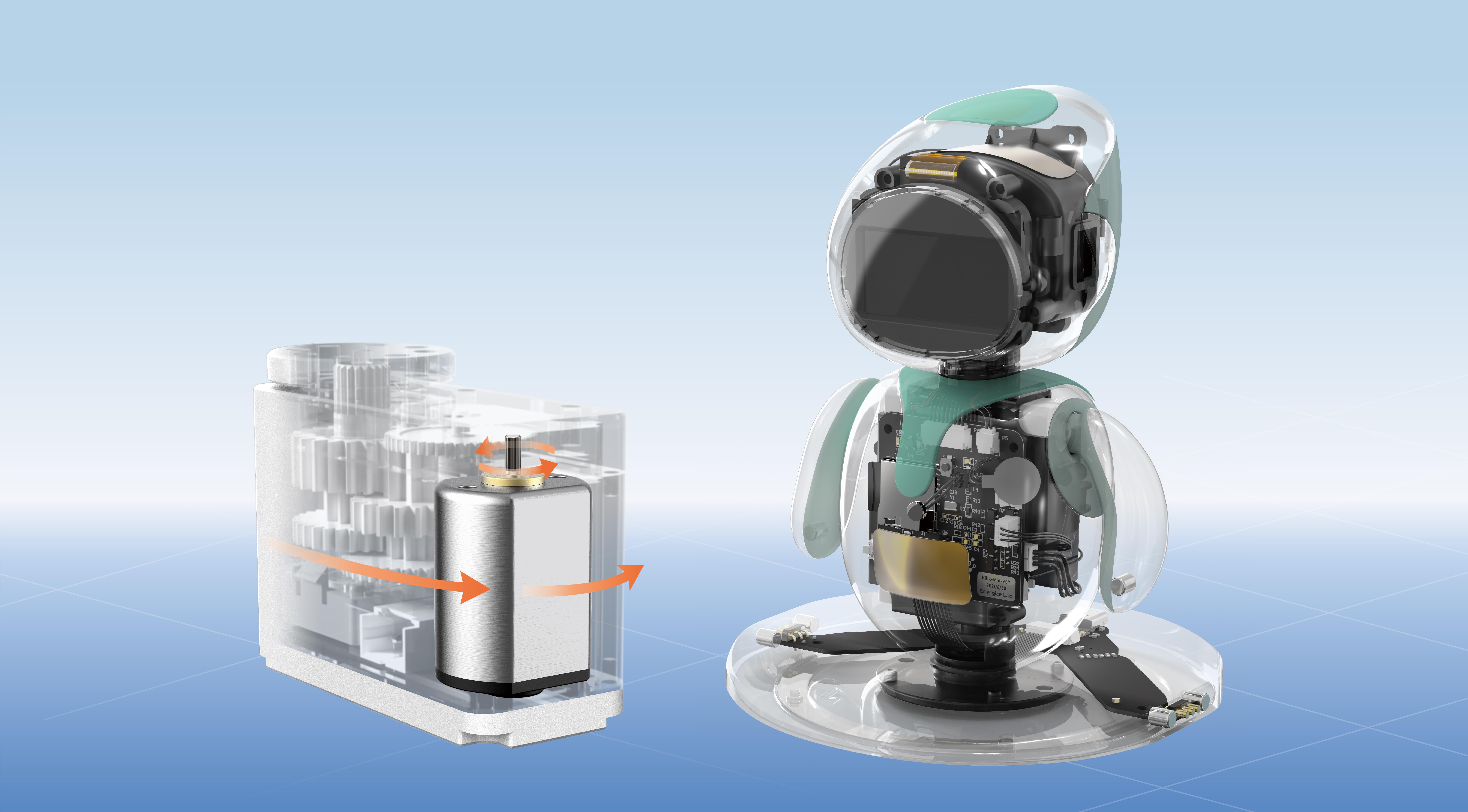In the world of Geographic Information Systems (GIS), the strength of your spatial data management and analysis tools hinges remarkably on the foundation you build. ArcGIS Server 10.8.1, one of Esri’s flagship GIS server platforms, offers unparalleled capabilities for sharing GIS resources—maps, data, and analytical tools—across organizations, whether for enterprise environments or public portals. However, harnessing its full potential demands more than just licensing; it requires a thorough understanding of its system requirements.

Before diving into the technical specifics, it’s worth appreciating what makes ArcGIS Server 10.8.1 a compelling choice. This update emphasizes performance enhancements, expanded capabilities for web GIS, and tighter integration with cloud services, making it a versatile solution for diverse deployment scenarios. Yet, to realize these advantages, your hardware, operating systems, and network infrastructure must align with certain standards.
The core of assessing system requirements begins with understanding the intended deployment scale. Are you deploying a small internal server to serve a handful of users? Or is your goal to facilitate enterprise-wide GIS services with hundreds or thousands of concurrent users? This scale influences specifications across CPU, RAM, storage, and network capacity.
Hardware Requirements:
Starting with hardware, the processor is a primary consideration. ArcGIS Server 10.8.1 recommends a minimum of a 64-bit processor, such as Intel x86-64 architecture, ensuring adequate power for handling spatial data processing and web services. While the minimum can support lower loads, for optimal performance, especially with larger datasets or high concurrency, multi-core processors are preferred. Esri suggests installing on servers with at least 4 cores, but high-demand environments might benefit from 8, 16, or more cores, depending on workload.
Memory (RAM) is another critical aspect. A minimum of 8 GB RAM is advised for basic deployments, but for better performance and scalability, especially when serving numerous clients or processing large datasets, 16 GB or more is recommended. This allows for smoother operation of the underlying geospatial services, caching mechanisms, and spatial databases.
Storage capacity depends greatly on data volume and project scope. Solid-state drives (SSDs) are preferred for their speed, reducing data access latency, especially when serving map tiles or executing complex spatial queries. The baseline storage needs start at around 100 GB, but robust deployments responsible for storing large raster datasets, multiple feature services, or enterprise geodatabases will require significantly more—often in the terabyte range. Proper planning for storage type and capacity ensures not only performance but also future scalability.
Operating System Compatibility:
Choosing the right operating system is pivotal. ArcGIS Server 10.8.1 supports Windows and Linux environments, with specific version compatibility that must be followed to ensure stability. For Windows, supported versions include Windows Server 2016 and Windows Server 2019, both of which provide a stable foundation for enterprise deployments. On Linux, Ubuntu Server 20.04 LTS and Red Hat Enterprise Linux 8 are among the supported distributions, offering enterprise-grade reliability.
It’s important to note that software patches and updates should be kept current to address security vulnerabilities and compatibility issues—a good practice that aligns with the system requirements.
Software Requirements:
Beyond the operating system, other prerequisites include supporting runtime environments such as Java Runtime Environment (JRE) and certain database clients, especially if deploying ArcGIS with enterprise geodatabases or connecting to existing spatial data stores. ArcGIS Server 10.8.1 is compatible with ArcGIS Desktop 10.8.1, ArcGIS Desktop Standard and Advanced licenses, and supports integrations with ArcGIS Enterprise.
Frameworks like .NET Framework (for Windows deployments) are also essential; ArcGIS Server on Windows generally requires .NET Framework 4.8 or later. For Linux environments, dependencies are managed via package managers, but the core requirement remains that the system supports the necessary runtime libraries.
Network and Security Considerations:
Deployment success isn’t just about raw hardware; network infrastructure plays a critical role. ArcGIS Server typically communicates over standard HTTP/HTTPS protocols—port 6080 for REST services, and 6443 for secured communications. Your network should support these ports open, with proper firewall rules to ensure both accessibility and security.
Bandwidth capacity influences how well services perform across remote or distributed environments. A high-latency connection can impact map rendering times and data access. Implementing load balancers, reverse proxies, or content delivery networks (CDNs) can enhance performance in large-scale or geographically dispersed scenarios.
Security settings, including SSL certificates, user authentication, and access controls, must be properly configured. When deploying in sensitive environments, ensuring compliance with your organization's data security policies is essential. Enabling HTTPS encryption, configuring firewalls, and employing active directory integration help secure GIS services while maintaining accessibility.
Conclusion of
Optimizing your environment for ArcGIS Server 10.8.1 begins with understanding the essential hardware and software prerequisites. Proper alignment ensures not only a stable foundation but also scalable performance as your GIS needs evolve. Whether you're setting up a small internal server or deploying enterprise-wide services, adhering to these system requirements will help you unlock the powerful capabilities of ArcGIS Server and deliver seamless GIS experiences.
Kpower has delivered professional drive system solutions to over 500 enterprise clients globally with products covering various fields such as Smart Home Systems, Automatic Electronics, Robotics, Precision Agriculture, Drones, and Industrial Automation.




































